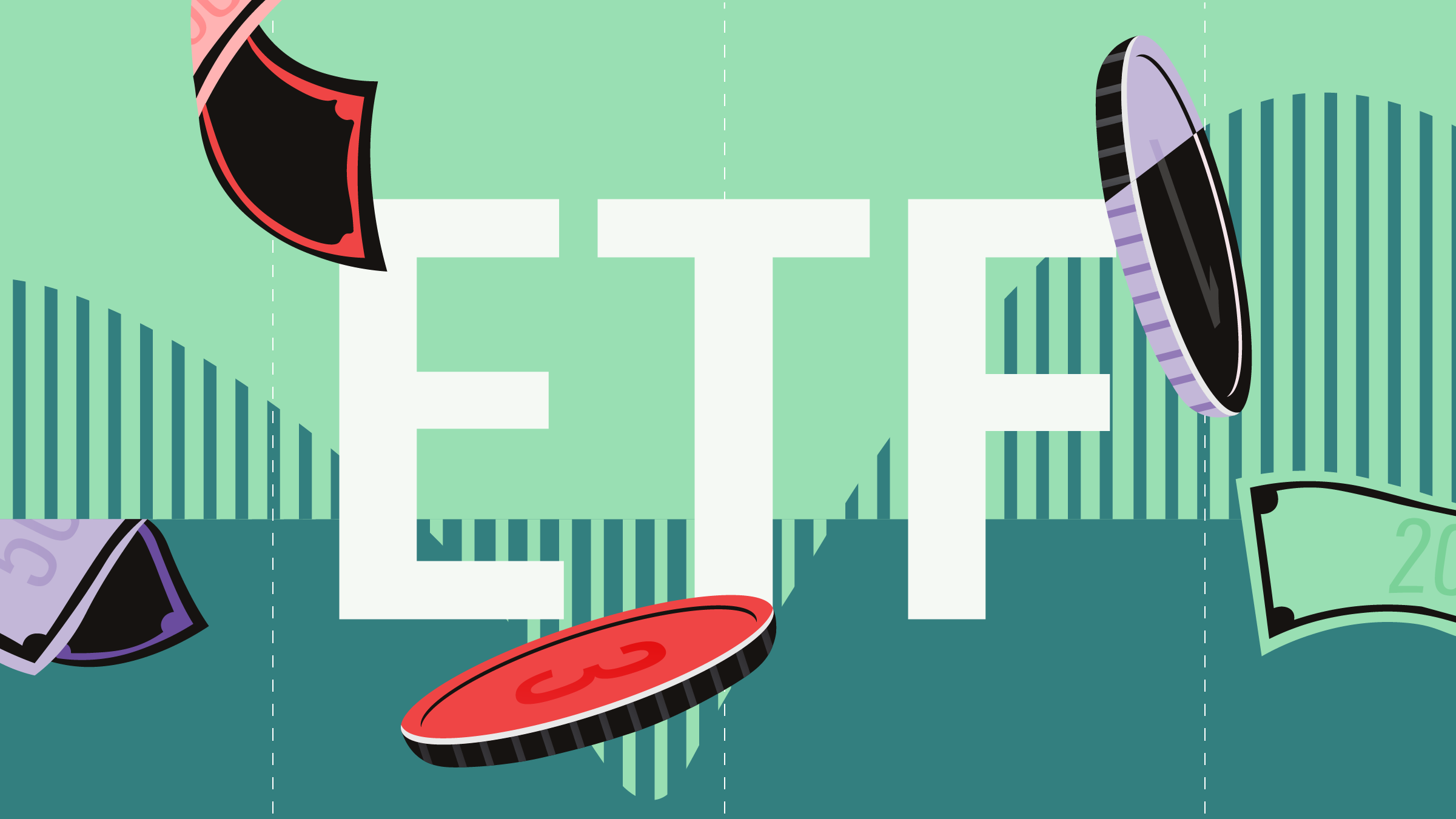Andrew Willis: ETFs have made quite an entrance in Canada, proving to be an effective and efficient avenue for asset allocation. Sales have surged with Canadian ETF assets surpassing $156 billion in 2018, up from only $113 billion in 2016. And the popularity of ETFs is poised to grow significantly according to a new report from the Bank of Montreal. According to BMO's latest annual ETF outlook report, the global ETF industry is projected to double to more than US$10 trillion, with Canada expected to grow at an even faster rate, expected to reach $400 billion in the next five years. With us today to tell us more is Mark Raes, Head of Product at BMO Global Asset Management Canada and the author of the report.
Mark, thank you for joining us today.
Mark Raes: Thanks for having me.
Willis: Let's start with a look at the features of ETFs which make them so popular. What is it about ETFs that have driven sales to such an extent, especially among Canadian investors?
Raes: I'd really start with two things. One, they are highly efficient to trade. So, that means if you are someone who is a little bit more active in the markets, you like to reposition your portfolio, you are tactical, ETFs are a great tool because the cost of getting in and out trading on the exchange is very minimal. Secondly, I think that they are very low cost to hold. So, if you are a different type of investor, you are more strategic, you are buy and hold, you are in it for the long run, holding ETFs and building a portfolio around them means that the management fees you pay are much lower than you've typically seen in a lot of other investment products.
If I take it a step beyond that, the amount of products that have come out around ETFs have really started to diversify the marketplace. So, you've got the traditional broad market products - think your S&P 500s. But then you've got very precise products as well. So, again, depending on how you want to build your portfolio, ETFs offer a lot of great tools to help you get there.
Willis: How have ETFs helped investors navigate the volatile markets we've been seeing recently?
Raes: Markets have been challenging. We certainly saw a sell-off in December. But then right past Christmas, we saw a nice surge in the markets going the other way. That can be confusing, but at the same time, that can be a great opportunity for investors. What ETFs really allow you to do is move quickly and efficiently across asset classes, across geographies, across sectors. You don't have to worry about researching an active manager or making that one stock selection that you know is going to go right. It allows you to just immediately get an exposure to whatever marketplace you are after without worrying about having picked the right one.
Willis: Now, there are a few different types of ETFs on the market; passive index tracking products, actively-managed products and those in between, like smart beta ETFs. What types of ETFs have we seen the most sales in, in 2018?
Raes: The traditional passive ETFs continue to lead the way. People know those tickers, people know those stories. They are typically a larger allocation within your portfolio. So, again, in S&P 500, in your TSX Composite type of ETF. They don't get the same amount of attention because people try to differentiate with other products, and I would say the newer things tend to be a little bit different. But it certainly starts with that and that's where the majority of flows typically go. Beyond that, certainly, active ETFs are the new and shiny tool and have made quite a dent in the marketplace. And smart beta, which sits in between, taking the diversification and rules of passive yet capturing some of the active return through factor exposures is really appealing to a lot of people as well. So, what's really interesting about the industry at this point in time is it's going in a lot of different directions, but the things that have worked in the past are still there front and center.
Willis: I understand that, speaking of sales, BMO actually had the best-selling ETF in the market last year. Could you tell us a bit more about this?
Raes: Sure. Again, that speaks to broad exposure. So, our broad Canadian equity exposure, ticker ZCN, we're happy to say led the way in 2018 where investors looked at the Canadian marketplace and said, hey, maybe it's a little oversold. Maybe that oil price correction is something that might come back in 2019 or something of the fact that Canadian markets have underperformed the U.S. and global competitors, maybe there will be a bit of a correction that way. And in doing so, they look for a broad exposure, they look for a low-cost exposure and they look for a diversified exposure and luckily, that ETF has fit the bill.
Willis: And lastly, in what sectors have Canadian investors shown the most interest in last year and why?
Raes: There's a few different sector approaches that have been in play. Number one is a long-term move for Canadian investors. It's getting exposures to sectors you don't typically see in the Canadian marketplace. So, where we are obviously focused on banks and resources looking at global sectors, the U.S. sectors where you might see healthcare, technology, other areas of the marketplace where we don't have the same level of exposure. The other thing people are looking at is, well, where do they think the economy is headed. Are they looking to add on growth exposure, so think names that fit into communication sectors and again, technology, even U.S. banks. Or are they thinking we are near the end of this cycle. You want to be a little bit more defensive and looking for more consumer-based and interest rate sensitive sectors that keep you exposed to equity but take some of the risk off the table.
Willis: Mark, thank you again for joining us today.
Raes: Thank you.
Willis: For Morningstar.ca, I'm Andrew Willis.

















